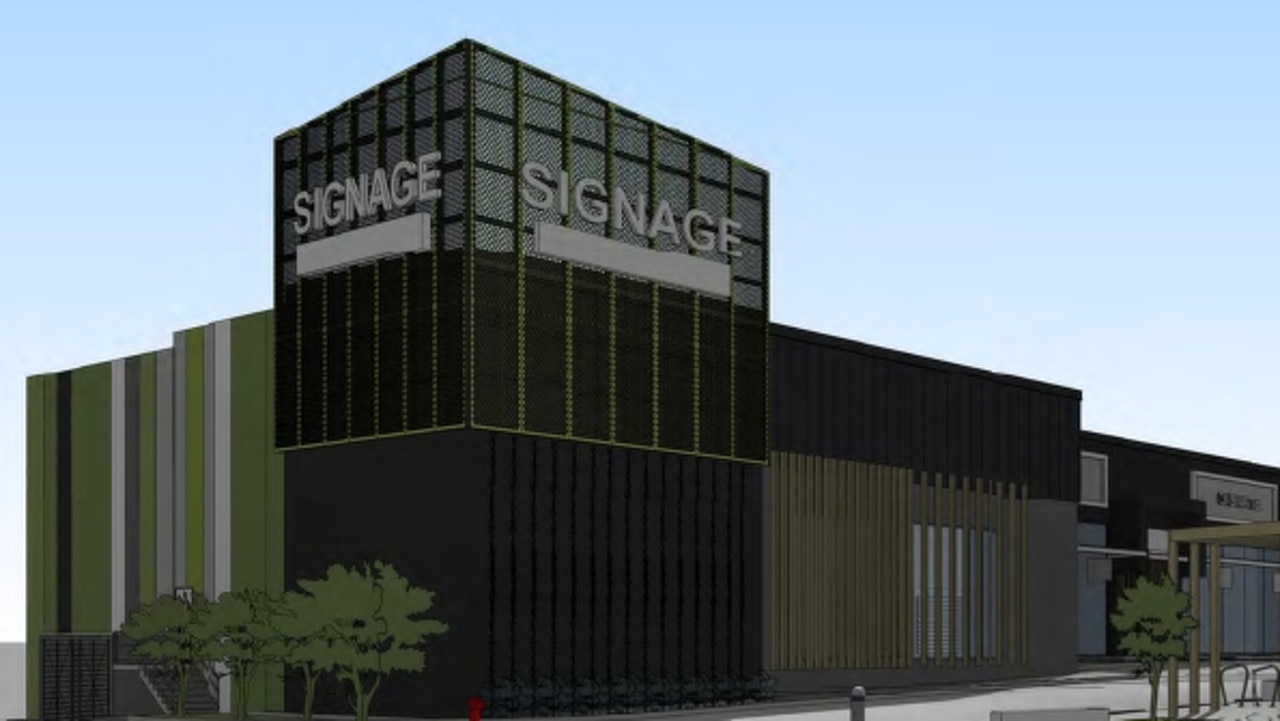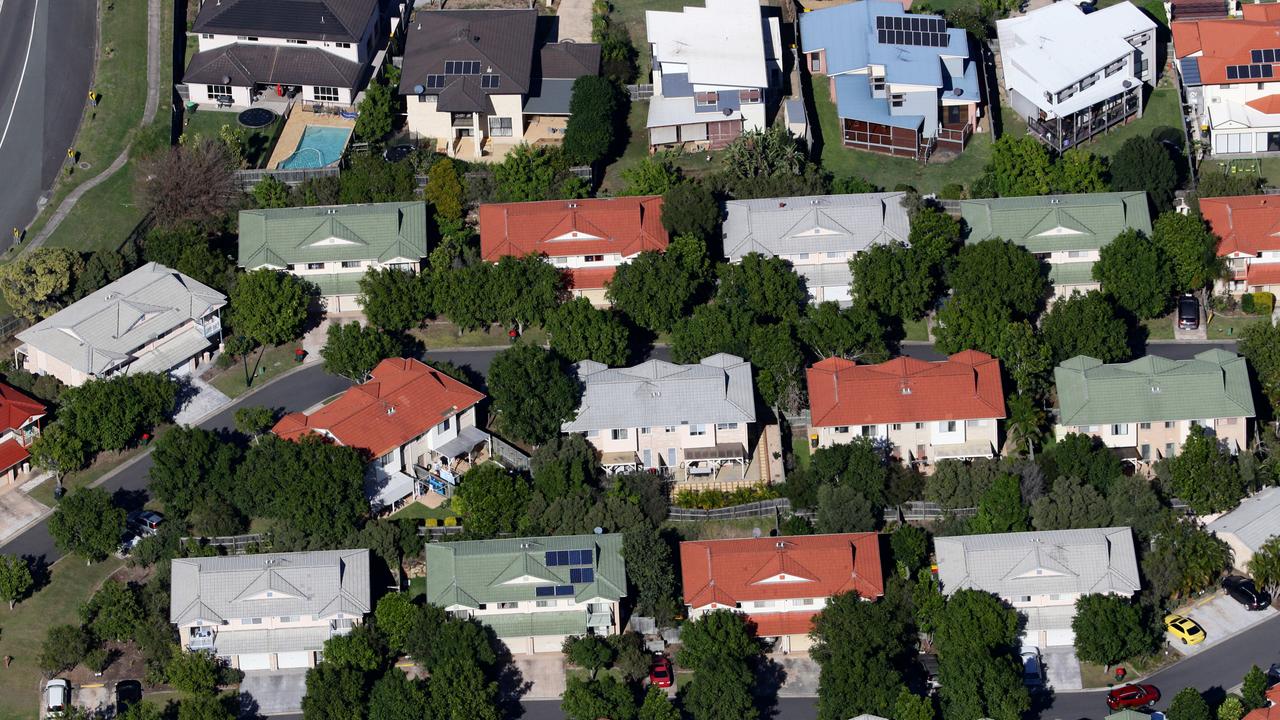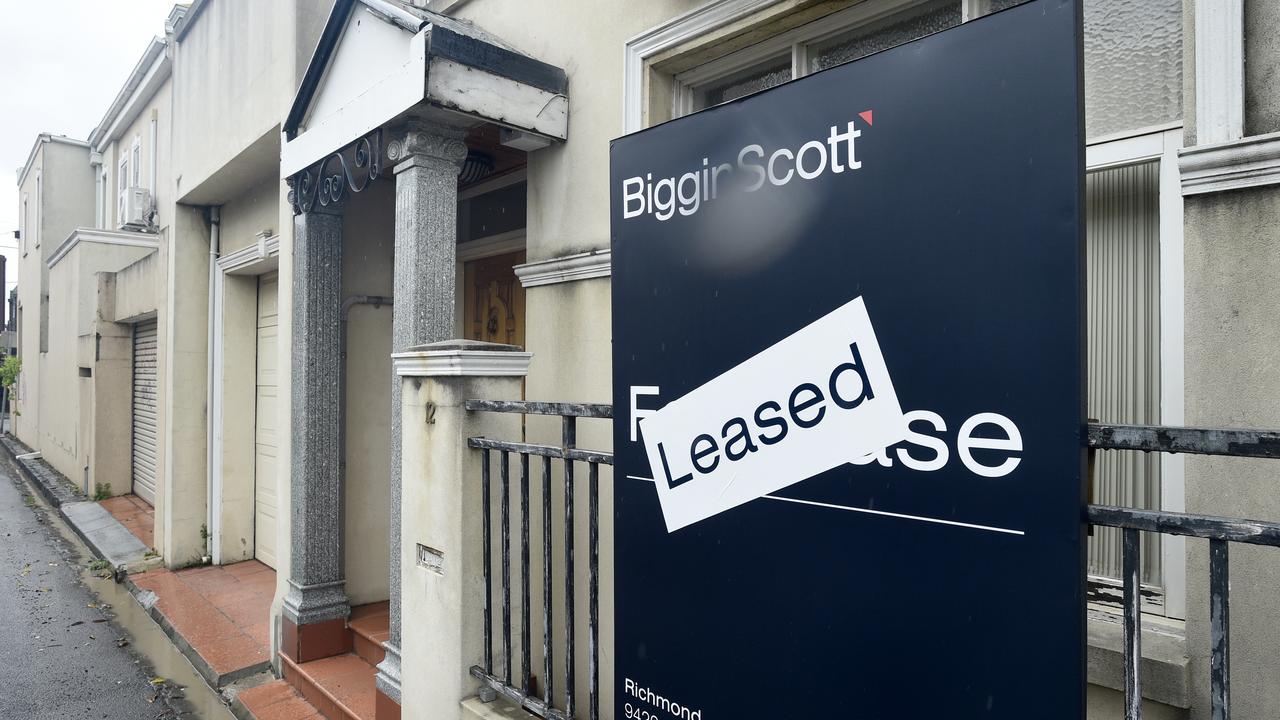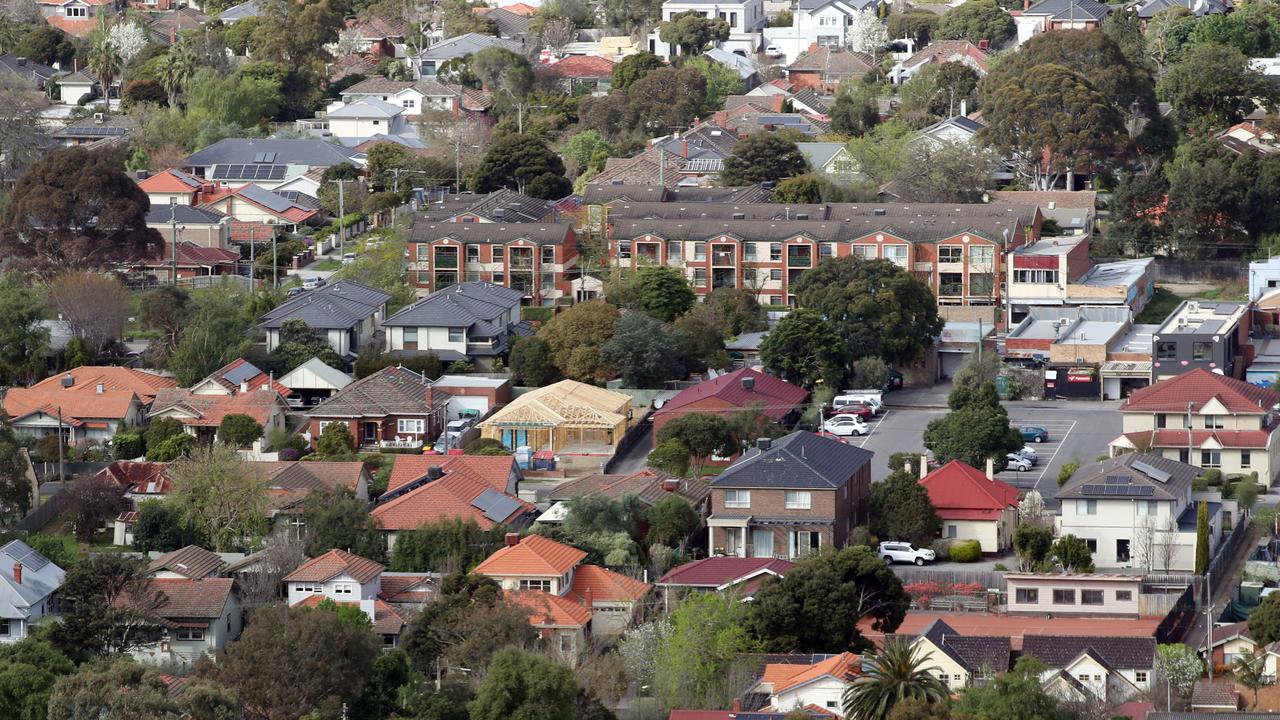Mapped: The Cairns suburbs where you need to earn over $100k to afford a home
Homehunters need to earn double what they did just four years ago to afford to buy a house in Cairns. SEE EVERY SUBURB.

Property
Don't miss out on the headlines from Property. Followed categories will be added to My News.
Homehunters need to earn $65,000 more than they did at the start of the pandemic to be able to afford to buy a house in Cairns — and it’s only going to get worse, startling new figures show.
Research by comparison site, Finder, reveals the salary required to buy a typical home in the city without falling into mortgage stress has doubled since 2020.
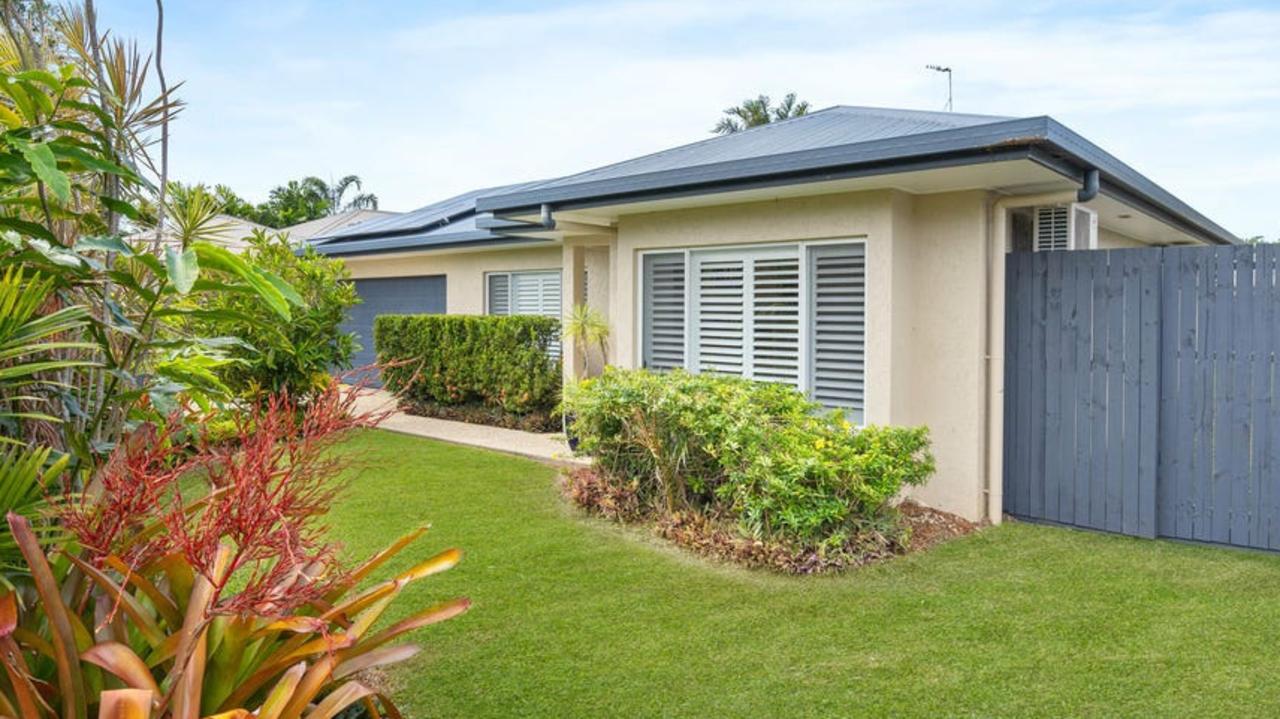
The analysis shows an annual income of $121,429 is now needed to comfortably purchase a house in Cairns, while unit buyers now need to earn $69,106.
It’s even worse in some suburbs, with the annual salary required to buy an average unit in Craiglie now $82,927.
To buy a house in Palm Cove or Port Douglas, buyers now need to be earning a minimum of $227,000, compared to about $100,000 four years ago.
“It’s no secret that housing is unaffordable, but these numbers are still surprising,” Finder head of research Graham Cooke said.
“Unless they’ve switched careers or had a huge change in circumstances, few people’s income would have risen at a rate that could match this.
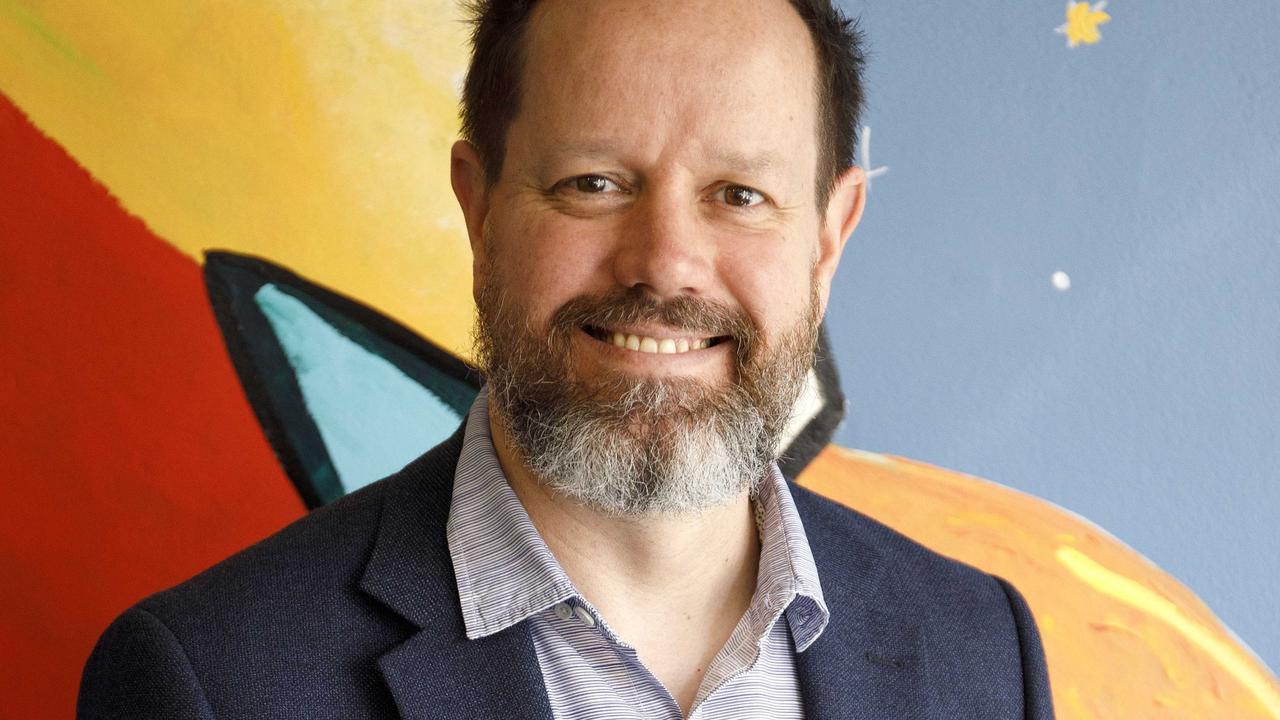
“Wage growth has recently begun to increase, but it’s nowhere near the level of inflation in the housing market.”
Mr Cooke said the doubling in the salary required to purchase in many areas was the result of a “double whammy” of higher interest rates and rising property prices, with no relief likely in the short-term.
“It’s unlikely property prices will drop by more than a slight dip,” he said. “Relief would depend on interest rate cuts and wage increases and it’s probably quite far away. When it comes, it will be gradual.
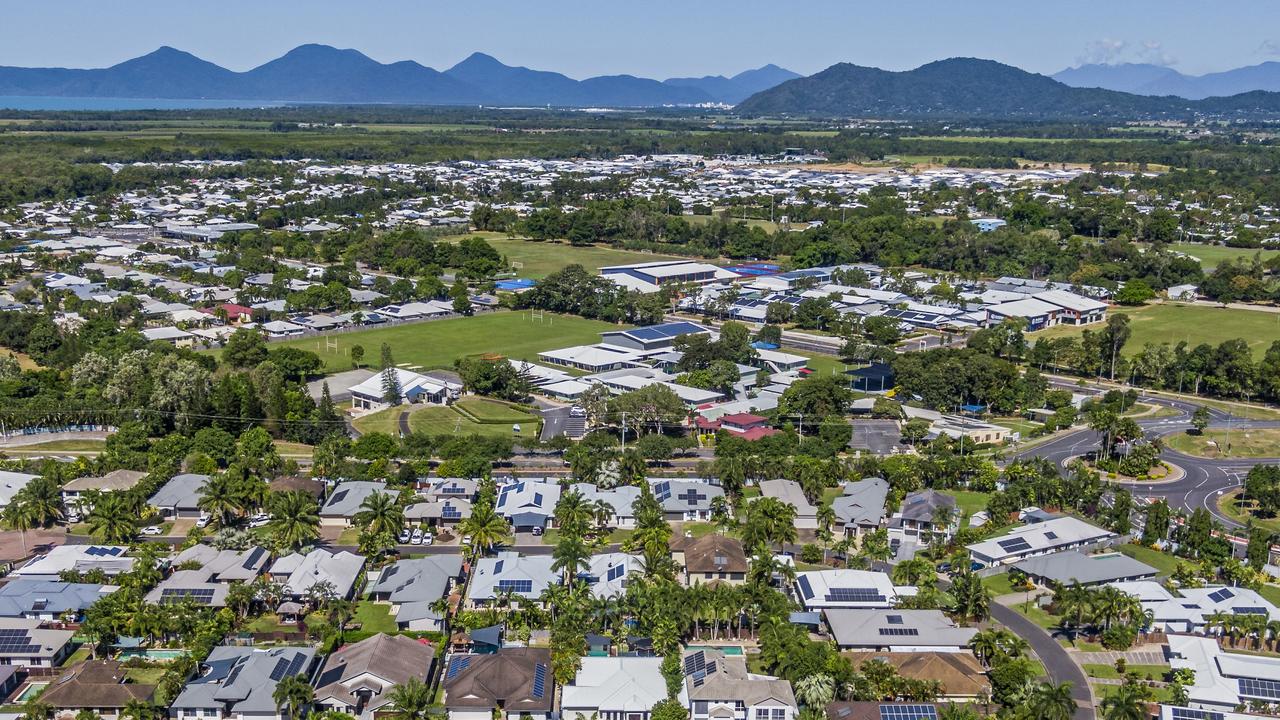
“It further emphasises how many people will rely on the bank of mum and dad to get into the market. If you were born into a family with less property wealth, buying might just be a pipe dream.
“We are looking at an increased division in society between those with property privilege and those watching the bottom rung of the property ladder go up and up faster than they can catch up.”
PropTrack economist Paul Ryan said housing affordability had deteriorated at an alarming rate since 2020.
“We’ve gone from what was probably one of the best times for affordability in 2020 to the worst in the space of four years,” he said.
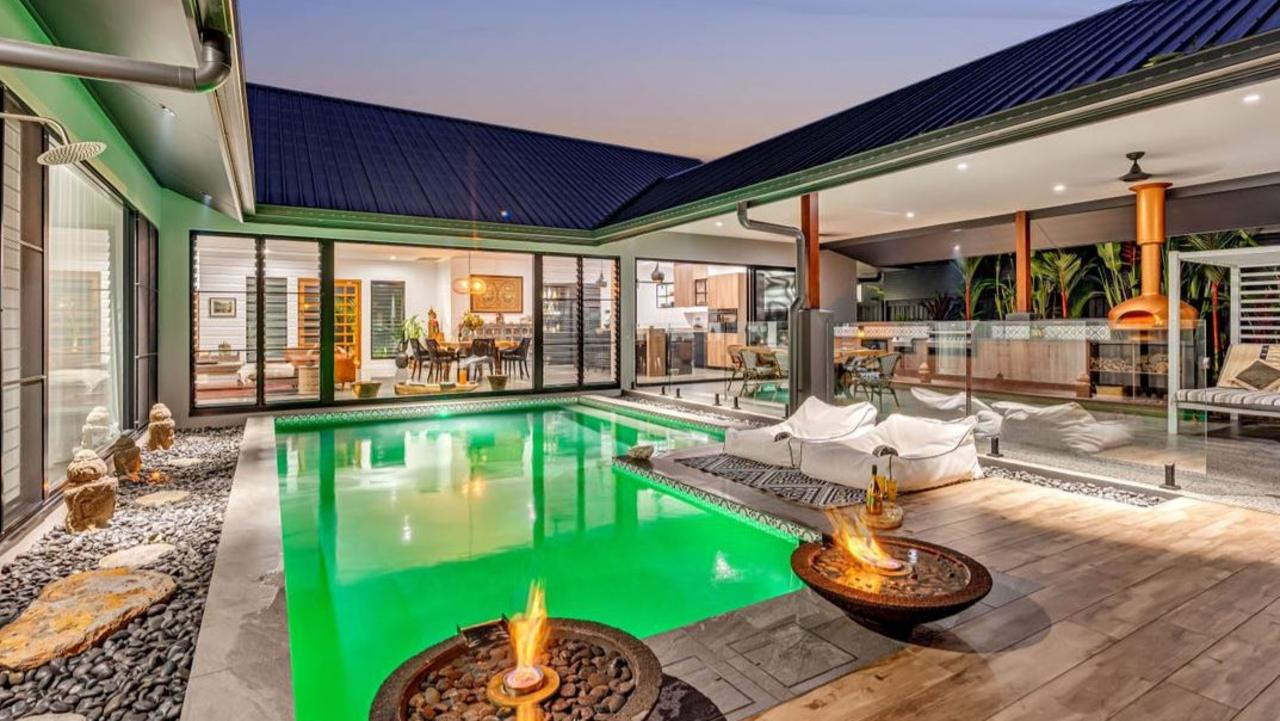
Home price rises over the past four years were well above historic trend, growing about 24 per cent faster each year than over the years from 1986 to 2019, Mr Ryan noted.
Much of this growth occurred after a period of successive interest rate hikes, which was “rare” given that borrowing constraints normally pulled down prices, according to Mr Ryan.

“Going into 2023, we expected higher interest rates to have a more substantial weighing effect on prices,” Mr Ryan said. “Instead we’ve seen a rebound.”
Prices have been rising because of housing supply constraints, rapid population growth and low unemployment, Mr Ryan said.
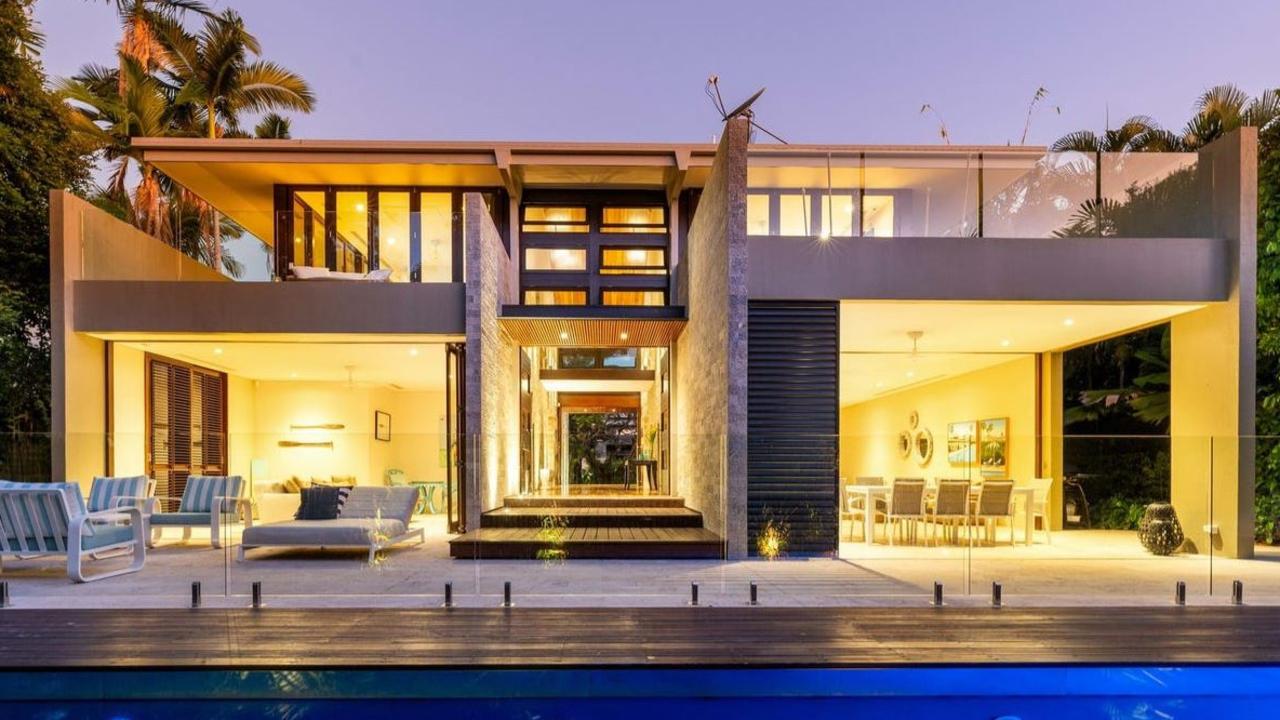
“Supply chain disruptions for builders, plus the cycle of population growth, have contributed to strong demand relative to supply.
“But another big factor that is less spoken about, which underlies the price growth, is that we’ve had relative macro-economic stability. The number one thing that affects someone’s decision to buy a home is their job prospects. For most people, they have been strong. That’s made them more confident to make long-term house decisions.”
Originally published as Mapped: The Cairns suburbs where you need to earn over $100k to afford a home

